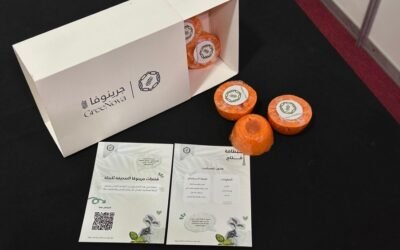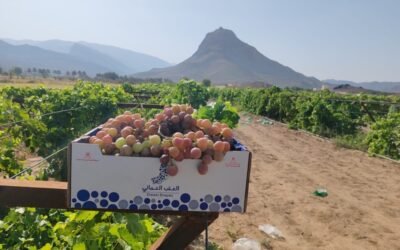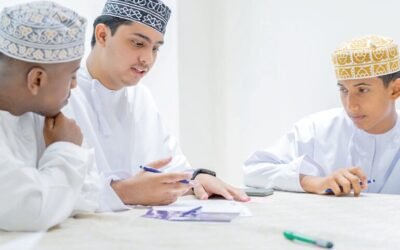Eid Al-Adha in Oman
Eid Al-Adha, also known as the Festival of Sacrifice, is one of the most significant Islamic holidays celebrated in Oman and across the Muslim world. The rituals and customs associated with Eid Al-Adha in Oman reflect the country’s rich cultural and religious heritage. Here are the key rituals and practices:
1. Prayers (Salat al-Eid)
The day begins with a special prayer, Salat al-Eid, performed in congregation at mosques and open prayer grounds. This prayer is usually held shortly after sunrise and is a significant community event.
2. Sermon (Khutbah)
After the prayer, an Imam delivers a sermon (khutbah), which often covers topics related to the significance of Eid Al-Adha, the story of Prophet Ibrahim’s willingness to sacrifice his son Ismail, and the importance of faith and obedience to God.
3. Sacrifice (Qurbani)
One of the central rituals of Eid Al-Adha is the sacrifice of an animal, typically a goat, sheep, cow, or camel. This act commemorates Prophet Ibrahim’s devotion and willingness to sacrifice his son in obedience to God’s command. The meat from the sacrificed animal is distributed among family, friends, and those in need.
4. Feasting and Sharing
Families prepare and share special meals that include the meat from the sacrificed animal. Traditional Omani dishes such as shuwa (slow-cooked marinated meat), harees (a wheat and meat dish), and various sweets are enjoyed.
5. Charity (Sadaqah and Zakat)
Giving to those less fortunate is an essential part of Eid Al-Adha. Muslims in Oman ensure they provide for the needy by distributing meat from the sacrificed animal and giving additional charity (sadaqah and zakat).
6. Family and Community Gatherings
Eid Al-Adha is a time for family reunions and social visits. People dress in their finest clothes, often in traditional Omani attire, and visit relatives and friends to exchange greetings and gifts.
7. Decorations and Festivities
Homes and public spaces are often decorated with lights and festive ornaments. In some areas, there may be public celebrations, including traditional music, dance, and other cultural activities.
These rituals and customs highlight the importance of community, faith, and charity in Omani culture during Eid Al-Adha.




